|
|
|
|
|
|
|
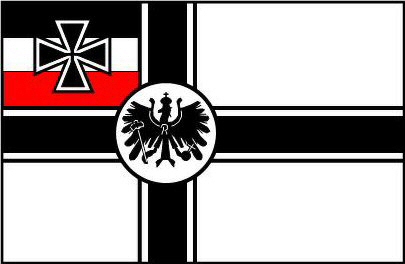 Germany
|
|
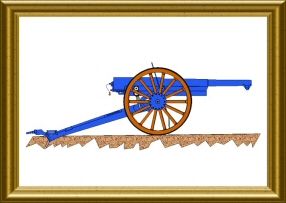 Light artillery
|
|
|
Contributor :
|
Location :
USA
Unity, WI
City Park
Coordinates :
Lat : 44.85080 / Long : -90.31650
|
General comments on this surviving gun :
Identical items in the same location :
1
Items covered by this file :
1
|
|
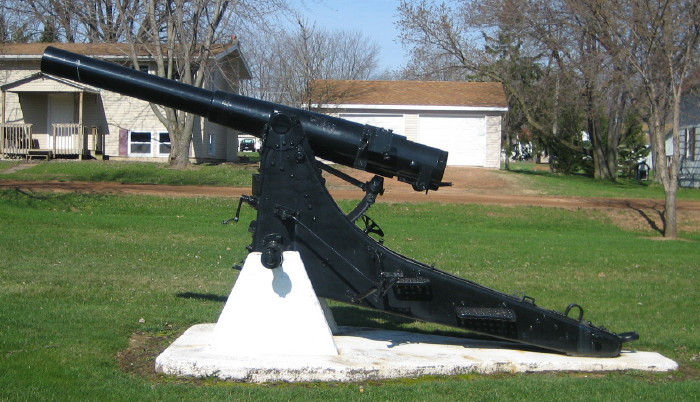
|
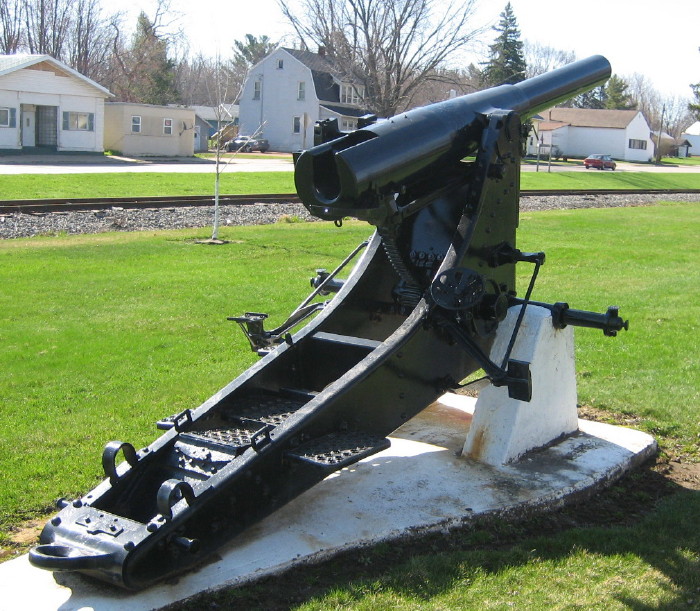
|
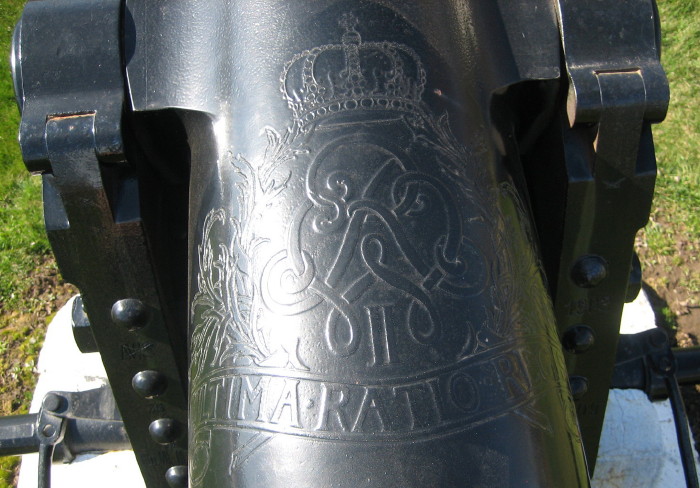
|
This very rare gun is located in a small Wisconsin village. See the 30 calibre long barrel, and the typical elevated carriage of the fortress guns type.
|
Rear view, with the vertical sliding breech block location. Carriage markings : 'AWS 76' barred, replaced by 'Rh.M.F. 55', surprisingly from RheinMetall
|
The barrel has the Prussia arms engraved. Breech markings 'Nr 44 - FRIED KRUPP ESSEN 1902'. Breech mobile block markings 'FRIED KRUPP Nr 24'.
|
|
|
Historic and technical information
|
|
Denomination :
10cm K 99
|
Origin :
 (
Krupp)
(
Krupp)
|
|
Historic context :
Considering the performances of the 12cm Kanone dated 1880 were becoming insufficient, the 'Kgl Preussische Artillerie Pruefungs Kommission' ('APK') required in 1893 the design of a new gun with improved rate of fire, a better precision, and using the 105mm caliber already in use in the German Navy.
Succeeding to the very first guns of this calibre dedicated to the fortress artillery such as the 10.5cm K.i.S.L.appeared as a precusrsor in 1897, Krupp's 10cm K99, met this specification thanks to a long steel barrel of 30 calibers (instead of 23.4 for the 12 cm gun), a vertical sliding block breech mechanism, and the use of fixed ammunitions. It was associated with a rigid high carriage from the same kind than the fortress artillery guns.
This gun was not well adapted to the field artillery needs because it needed the use of a platform (to wich the gun could be attached by means of a recoil brake piston), wood wedges under the wheels for the return to position, and also for its relative instability and overweight. But it was a real success considering the range improvement (over 10 km) and rate of fire, making it a good harassment and counter-battery weapon.
Despite its replacement by the more modern 10cm K 04 equipped with hydro-mechanical recuperator, this old gun was still in dotation in some units of the FussArtillerie or the FestungsArtillerie at the opening of the war, and used all along the conflict.
|
Technical data :
- Complete description : 10cm gun M 1899
- Design year : 1899
- Calibre : 105.20 mm
- Weight in firing position : 2640 kg
- Weight for transportation : 3509 kg - one single load
- Tube length in calibres : 30.00 (total tube length)
- Grooves : 32
- Projectile weight : 16.1 à 18.75 kg
- Initial speed : 560 to 551 m/s
- Fire rate :
- Range : 10200 to 12700 m
- Elevation range : -5 / +35 degrees
- Direction range : none
|
Sources
|
-
German Artillery of World War One Herbert Jager Crowood 2001
-
http://www.lovettartillery.com/ Ralph Lovett
-
Das Geraet der Schweren Artillerie vor, in und nach der Weltkrieg Herman Schirmer Bernard und Graefe, Berlin 1937
|
|




